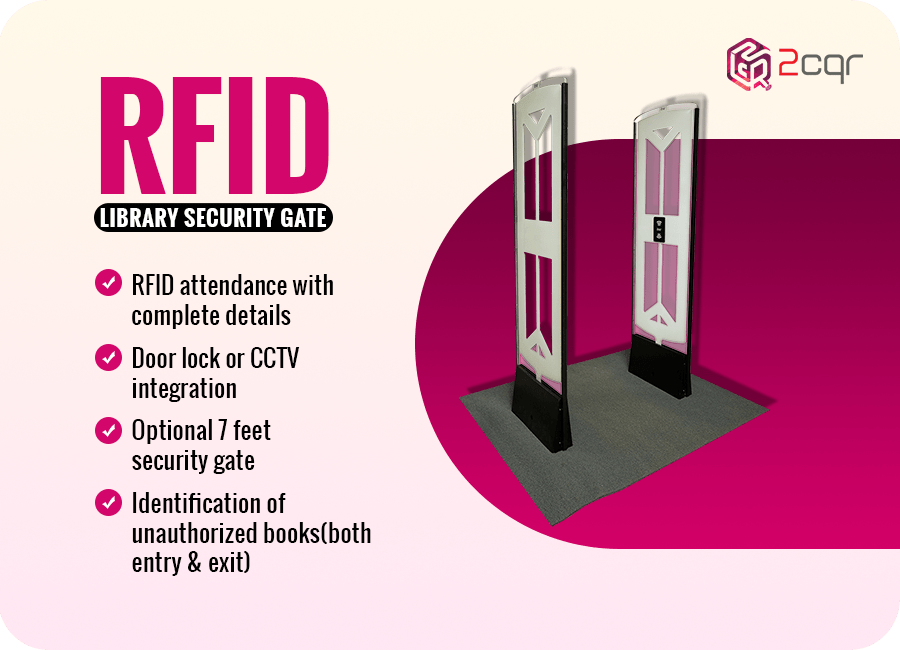
In the bustling world of libraries, the quest to ensure seamless asset management has long been a challenge. The adoption of RFID (Radio Frequency Identification) solutions in libraries stands stands as a hope, revolutionising the meticulous tracking of items without the shadows of human error.
Amidst the endless shelves and countless volumes, libraries seek to streamline their operations, directing precious human resources towards more impactful endeavours. Yet, amidst the fulfilment of organisational efficiency that RFID solutions promise, the challenge of discovering the misplaced or missing resources persists.
The silent guardians of knowledge, the books, documents, and resources, often find themselves in a game of hide-and-seek within library confines. But worry not, for where traditional systems does not work, RFID solutions emerge as the guiding light, offering a roadmap to trace these elusive missing items.
Join us on a journey to uncover the secrets of how RFID library solutions breathes life into the pursuit of locating and retrieving lost or misplaced library assets
Strategical Information
In the process of discovering the hidden or misplaced library treasures, harnessing the power of detailed information becomes paramount. Before adorning every library resource with the cloak of RFID tags, it’s essential to meticulously document a bunch of essential details. These minute yet critical pieces of information serve as guiding books, supporting library staff in identifying the elusive or concealed items using RFID library solutions.
The repository of information should encompass more than just the title or original location, it should extend to encompassing the item’s topic, categories, and even the shelves they inhabit. Through comprehensive programming and inputting these multifaceted details, the process of tracking down misplaced library books or documents becomes an exponentially more streamlined endeavour.
Remember: the richness of input directly correlates to the simplicity of item retrieval.
Audit of Inventory
The probability of misplacing books is large, particularly in spaces where frequency of eager knowledge-seekers is high . Amidst the perpetual flow of users checking in and out, auditing the inventory emerges as an indispensable practice. Regular and rigorous inventory audits makes the process of identifying hidden or misplaced items among the vast volumes lining library shelves.
Navigating through the huge rows of books becomes a more manageable task when employing handheld RFID readers. These portable devices empower library staff to conduct thorough scans, significantly easing the process of identifying items that have wandered amidst the bustling library transactions.
Security Alerts and Notifications
Imagine the scene: RFID-based access control gates stand as vigilant guardians, each equipped with default RFID readers made to unleash security alarms at the recognition of suspicious activity. Picture this – an unauthorised transaction triggers a symphony of alerts, prompting the library staff into swift action. The result? Valuable resources, once thought lost, swiftly recovered.
This seamless integration of technology and vigilance marks a turning point in the perennial battle against misplaced or pilfered items within libraries. The synergy between RFID solutions in libraries and quick-trigger reactions illuminates a path where missing resources find their way back into the embrace of library collections.
RFID, the unsung hero of library management, extends its invisible grasp to track the whereabouts of these elusive resources. It’s not just about tracking; it’s about empowerment. The library staff, armed with real-time alerts, automatic database updates, depth of information become the heroes of this narrative, reclaiming the missing treasures and maintaining the sanctity of the library’s catalog.



Ahaa, its good discussion regarding this piece of
writing here at this webpage, I have read all that, so at this time me also commenting
at this place.